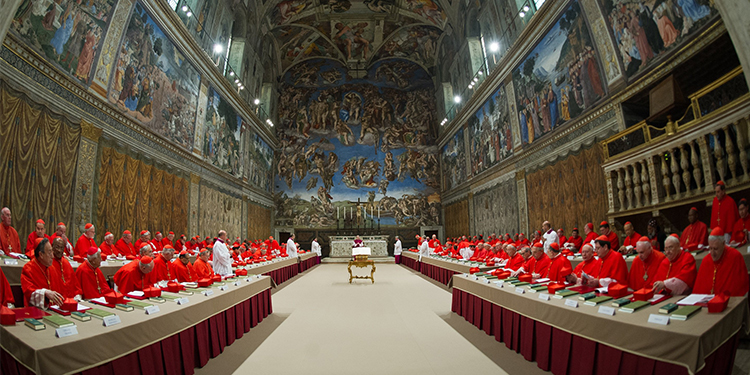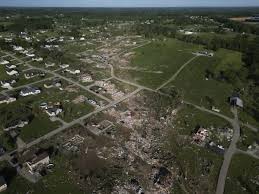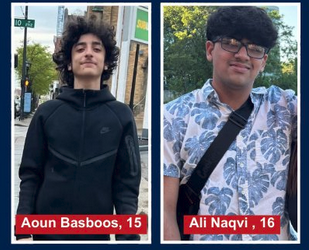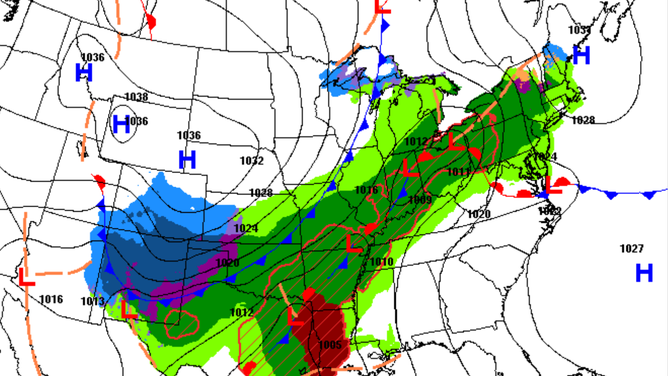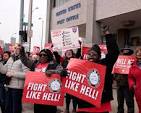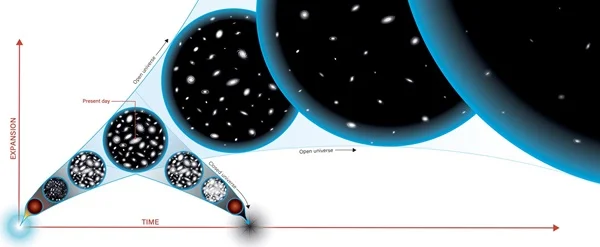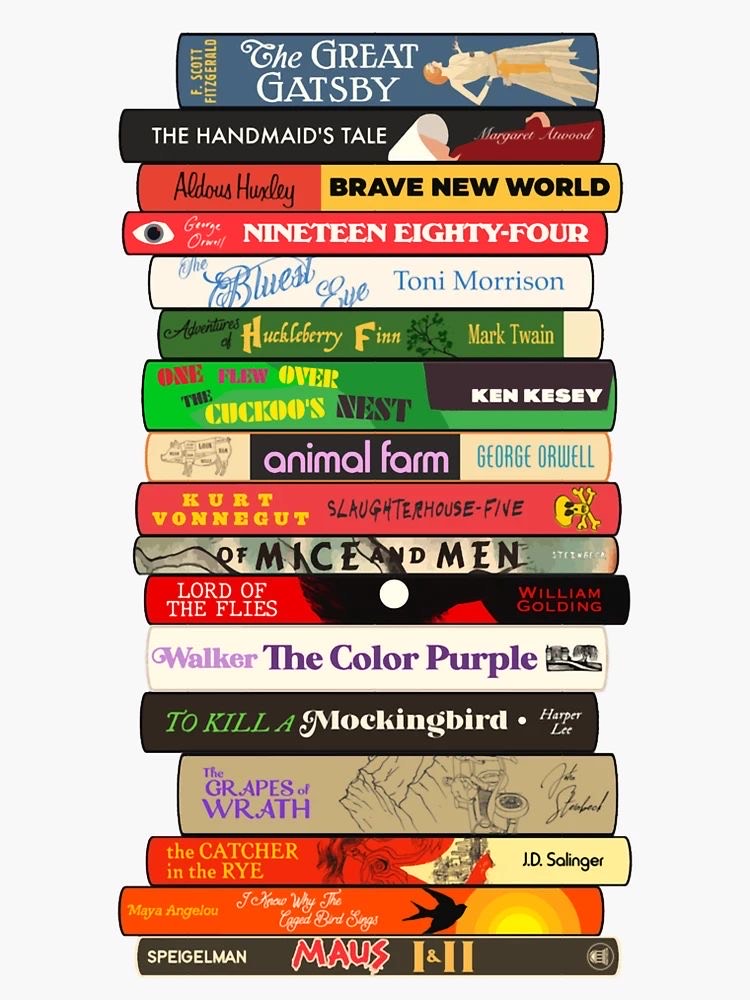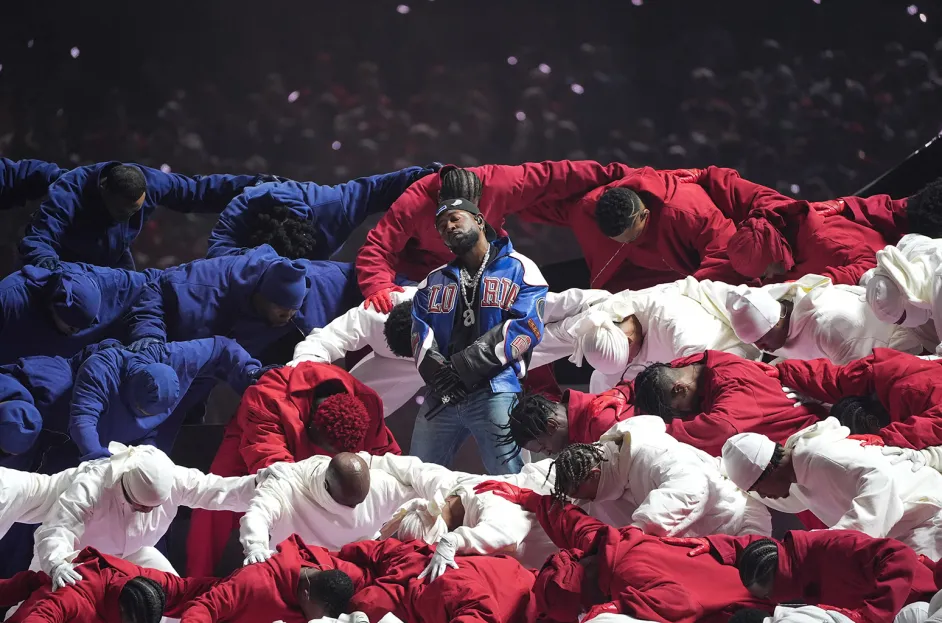With the recent death of the pope, questions have arisen about how a new one will be selected.
When a pope either dies or resigns, the governance of the Catholic Church passes to the College of Cardinals. Cardinals are bishops and Vatican officials from all over the world, chosen by the pope and recognizable from their red robes. The Cardinals then hold general congregation meetings, discussing the needs and challenges facing the Catholic Church. They also prepare for the upcoming pope election, called a conclave.
Conclaves are conducted in the Vatican’s Sistine Chapel, and are very secretive, cardinals are strictly forbidden to communicate what’s happening. Conclaves are customarily 15 to 20 days after the pope’s death (the conclave after Pope Francis’ death will be on May 7th). There’s also no time limit as to how long they can be. Anyway, the rules of the conclave state that of the 252 cardinals, only 138 qualify as electors and only those under 80 years of age may vote. Four rounds of voting are taken every day until a candidate receives 2/3 of the vote. The ballots are counted aloud and recorded by 3 Cardinals designated as recorders.
If no one gets enough votes, the top two advance to a run-off, but still have to get 2/3 votes. The ballots used are burned on a stove near the chapel with chemicals to make black smoke. The smoke signals that they need to revote. When a pope gains enough votes, the dean of the College of Cardinals asks if he accepts his election. If he does, he’s dressed in papal vestments before going to the balcony of St. Peter’s Basilica. Afterward, they burn the ballots without the chemicals, releasing white smoke. That smoke tells people outside, who’ve come to wait, that a pope has been elected. While the new pope is on the balcony, the senior deacon, currently French Cardinal Dominique Mamberti, Perfect of the Supreme Tribunal of Apostolic Signatura, announces “Habemus Papam” (“We have a pope”) before the new pope imparts his blessing on the city of Rome and the entire world.

